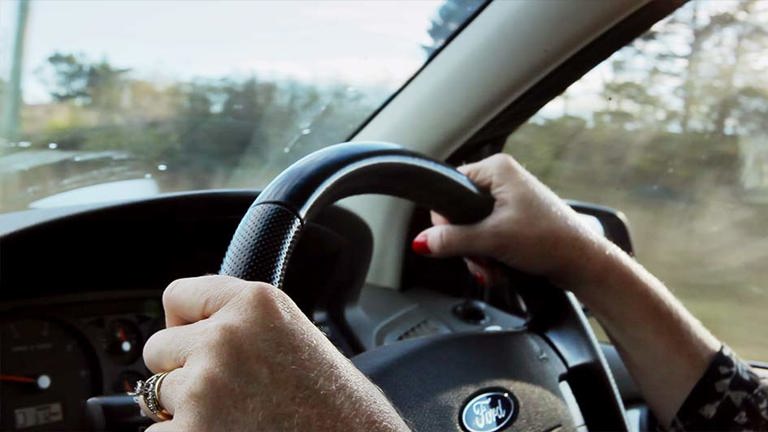The right home insurance can provide valuable protection for home owners and their belongings in the event of unforeseen disasters. But, if you ever need to make a claim, finding out you’re underinsured could make an already difficult situation more distressing.
Underinsurance in Australia is a significant issue, with up to 80% of home owners thought to be affected. Either their coverage is inadequate, or they don’t have home insurance at all.1 In this article, we’ve put together a guide to help you navigate home and contents insurance, including some tips to help you identify whether you might be underinsured.
What does ‘underinsured’ mean?
The Insurance Council of Australia defines underinsurance as not having enough insurance to cover the replacement value of the items you’re insuring.2
This might be the case if you haven’t properly calculated the current replacement value of your property and belongings – for instance, if certain high-value belongings aren’t included on your policy, or if improvements (such as renovations or extensions) have been made to your home but your policy hasn’t been updated to reflect them.
The consequences of underinsurance explained
Put simply, underinsurance could potentially place you at risk of financial loss should an unexpected insurance event such as a fire, storm or theft occur, says Bryce Lowry, Youi Product Specialist.
“Being underinsured could mean you aren’t able to completely replace your home or valuables following an insured event, leaving you in a lesser position than you were before the event, materially and/or financially,” says Lowry.
How to calculate underinsurance
The amount of coverage you need will depend on your personal circumstances. However, the federal government’s Moneysmart website advises that accurately calculating the cost of rebuilding your house and the value of your belongings is one step you can take to avoid being underinsured.3
Below, we’ve listed some factors to consider when doing these calculations.
Understanding the cost to rebuild
The price of goods and services can change over time, and the cost of rebuilding your house is no different. To avoid being caught without enough coverage, it could be a good idea to keep in mind that the real estate value of your property won’t necessarily be the same as the cost of rebuilding should a major insurable event strike.
If you’re trying to work out the cost of rebuilding, maybe consider talking to a builder or a property valuer to get a professional appraisal so you can make sure you’ve got enough coverage in your building insurance.
There are also a number of online resources, such as the Youi home insurance calculator page and the Cordell Sum Sure Calculator, that could give you an idea of how much it might cost to rebuild.
Keep in mind, the cost of rebuilding after a disaster could involve more than just construction. Other factors might include the cost to:4
- Demolish and remove debris
- Rebuild to meet new building codes
- Lodge council applications and pay architect, builder and surveyor fees
- Live elsewhere for the period of the rebuild.4
“Clean up costs and professional planning and approvals costs can be tens of thousands of dollars or even more,” says Lowry. “At Youi, you can claim up to 20% of your sum insured for this.”5
You might also like to check whether your building insurance covers supplementary costs should you need to move out for a period of time after an insured event. Temporary accommodation inclusions could be a huge help if you need to relocate while your house is being rebuilt.
Building insurance doesn’t always cover business activities or assets, as Business Items are an optional cover for contents policies and limits apply to the maximum claimable amount per incident. So, if you conduct business from home, it could be worth considering a separate business insurance policy to make sure you’re covered in the event you need to make a claim.
Understanding the cost of replacing your contents
Have you ever thought about how much it might cost to replace all of your belongings in one hit? Contents insurance can help cover this expense in case of an insured event, but it’s important your policy accurately reflects the value of these belongings.
However, taking inventory of all your belongings can be pretty overwhelming, so it may help to tackle it one room at a time. A contents calculator like this one could also help you estimate how much your belongings might be worth.
Some policies might have a limit for valuable items, such as jewellery, so it could also be a good idea to check what these limits might be for your policy. If you have items that exceed these limits, these may need to be listed separately to help avoid being left underinsured.6
If you can, take clear, close-up photos of your belongings and store any relevant receipts or proof of purchase.6
Remember, home and contents insurance policies differ between insurers, so you may want to check your product disclosure statement (PDS) for any limits to how much your assets are covered for.
How often should I review my level of coverage?
As things change around the house, your insurance may need to as well. If you make any alterations to your home, such as renovations or improvements, or purchase a high-value asset such as a new television, you might want to consider updating your policy to reflect these changes.4 And of course, you should always check your sums insured at renewal time to make sure they’re right for you.
On the other hand, if you’ve recently experienced a significant change in the household, such as the kids moving out of home, you may actually be overinsured and might choose to reduce your cover.4
How do I check my current coverage?
One way to check if you have enough coverage might be to get to know your insurance policy.
Details of your insurance policy – including key features, benefits, fees and exclusions – should be contained in your PDS. If you’re still not clear on what your insurance includes, get in touch with your provider to chat about it.
Moneysmart also advises checking your maximum claim limits, as well as whether your contents insurance covers contents you take with you when you’re out and about, such as sunglasses. And, if you live in a disaster-prone area, it might be wise to check your cover for storms, floods and fires.3
Once you’ve calculated the costs of rebuilding and replacing in the event of disaster, you might also like to check your current policy inclusions against these costs. You can also start a quote with Youi or find out more about our you-shaped home and contents insurance today.
1 Source: Australian Government – Is Your Home At Risk Of Underinsurance?, 2021
2 Source: Insurance Council of Australia – The risk of underinsurance
3 Source: Moneysmart – Home insurance
4 Source: Canstar – Underinsurance in Australia: how much cover do you need?, 2021
5 For full details, see our Home Insurance PDS
6 Source: CHOICE – How to find the right home and contents insurance policy, 2023




